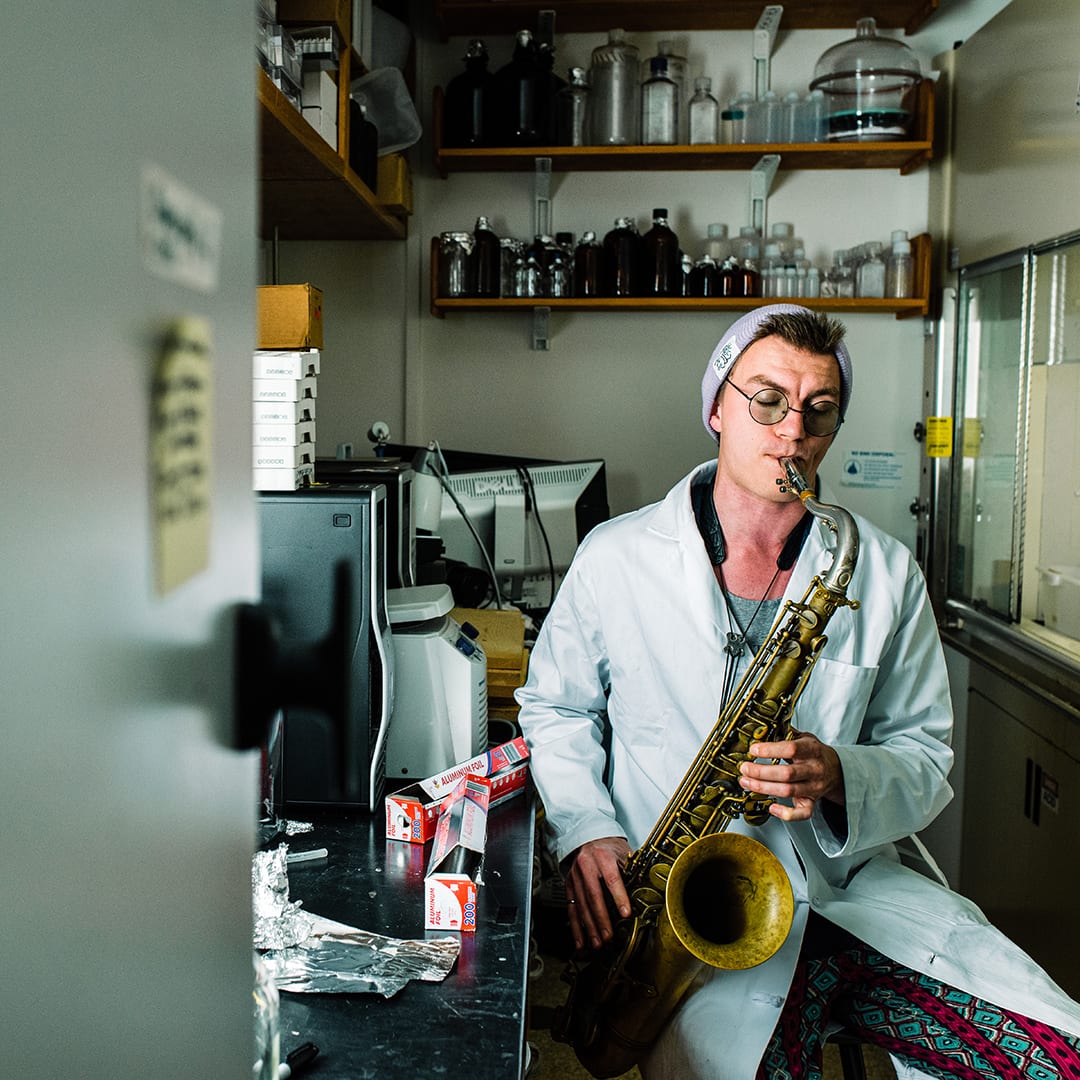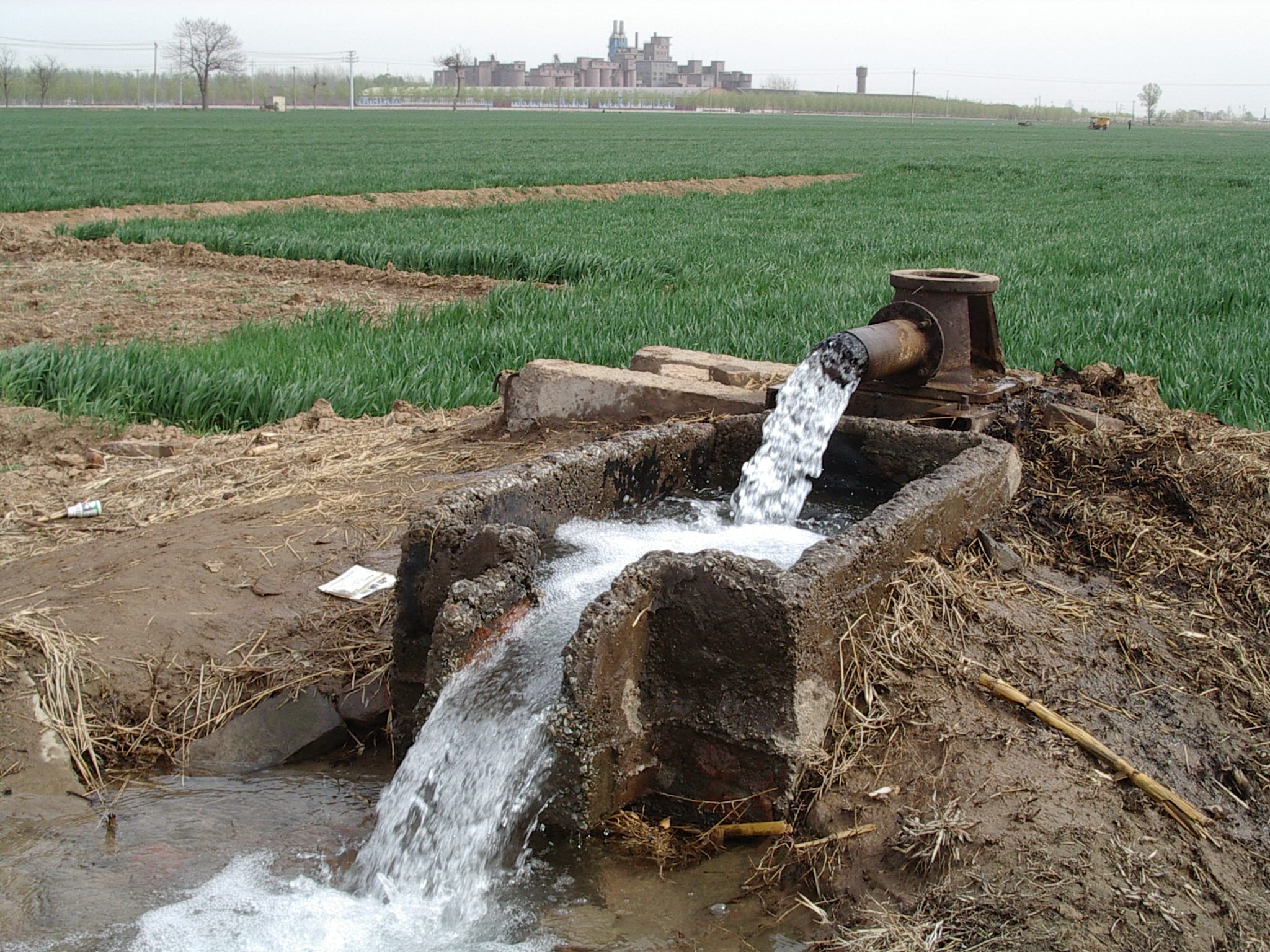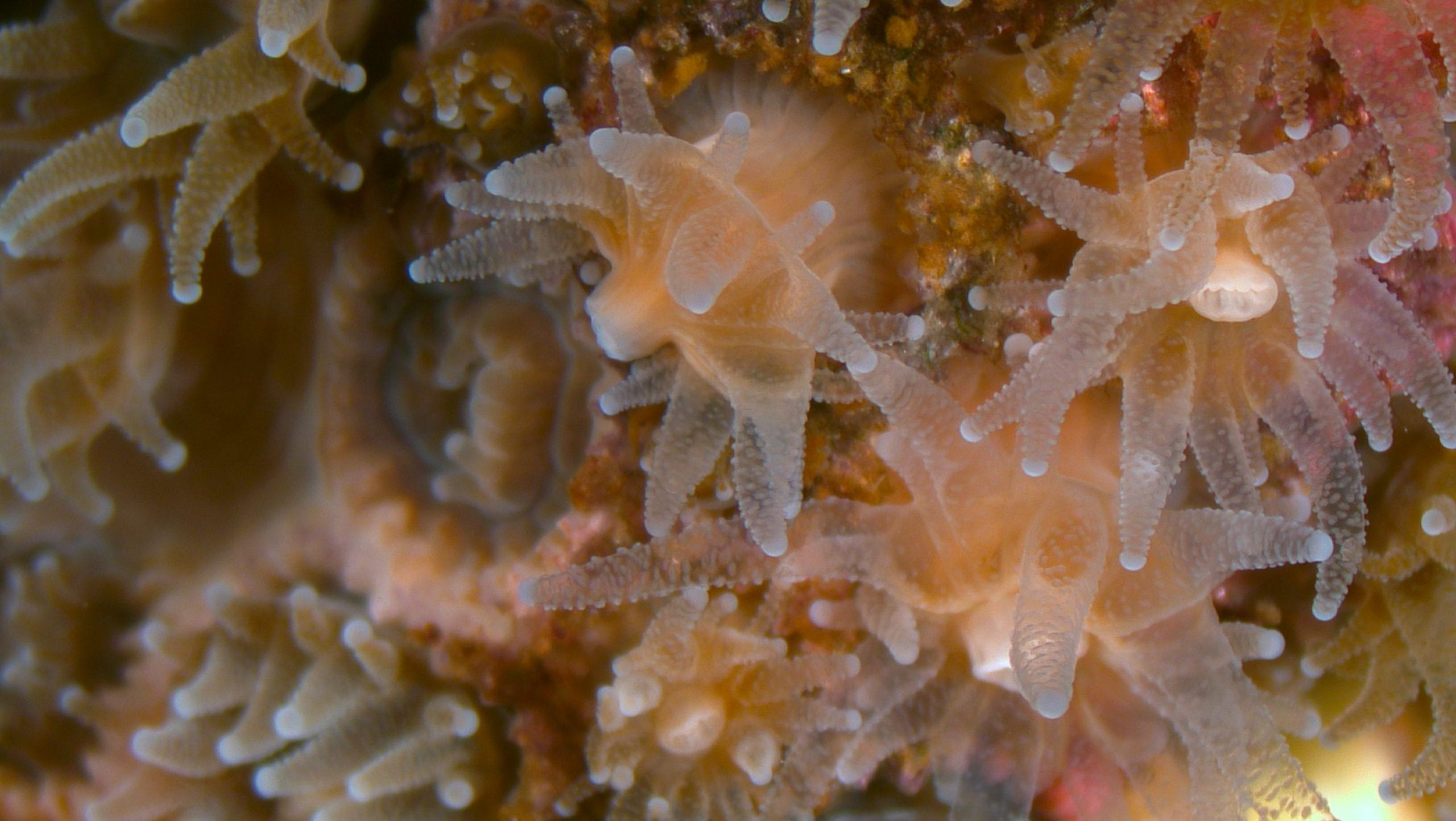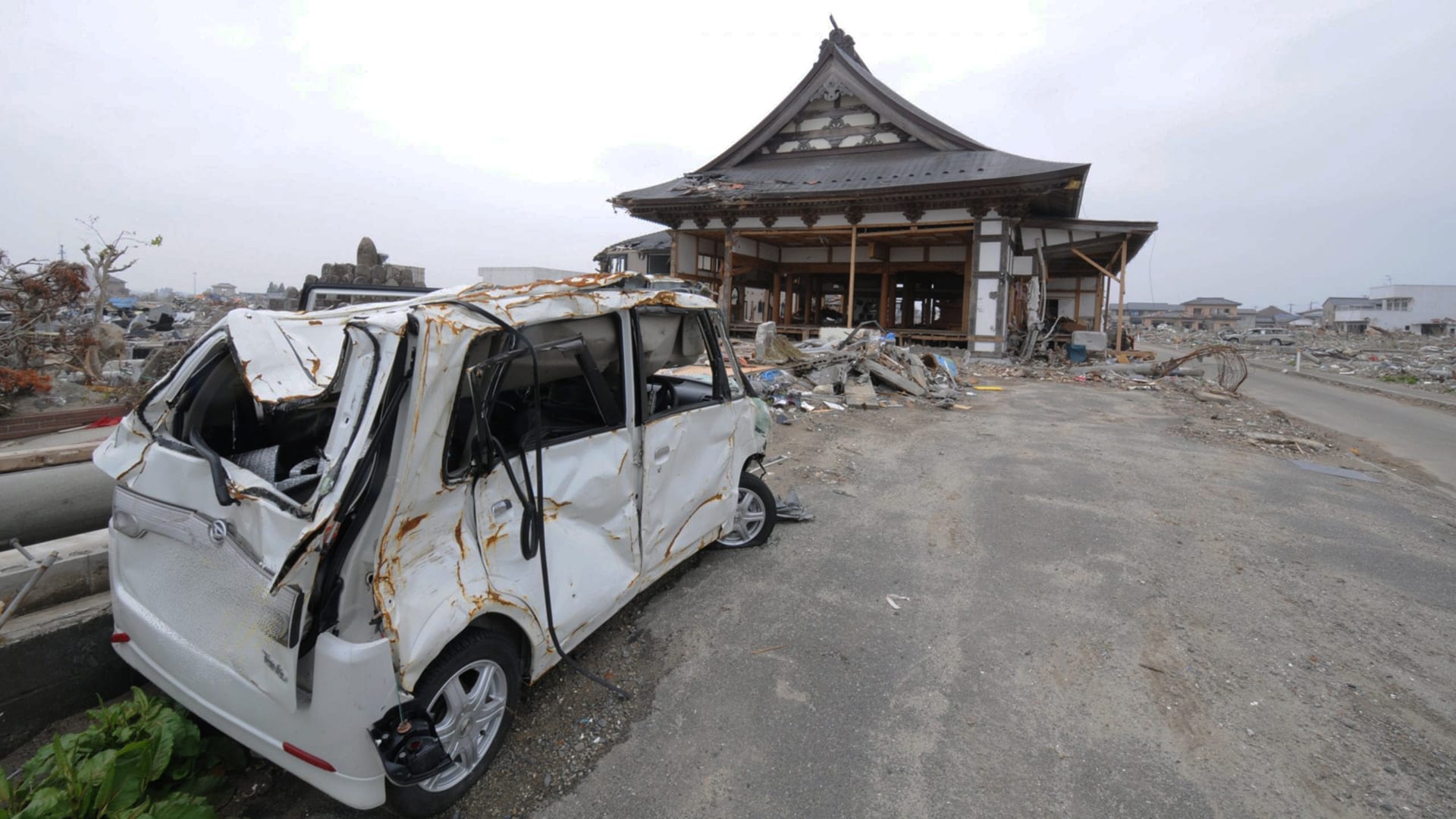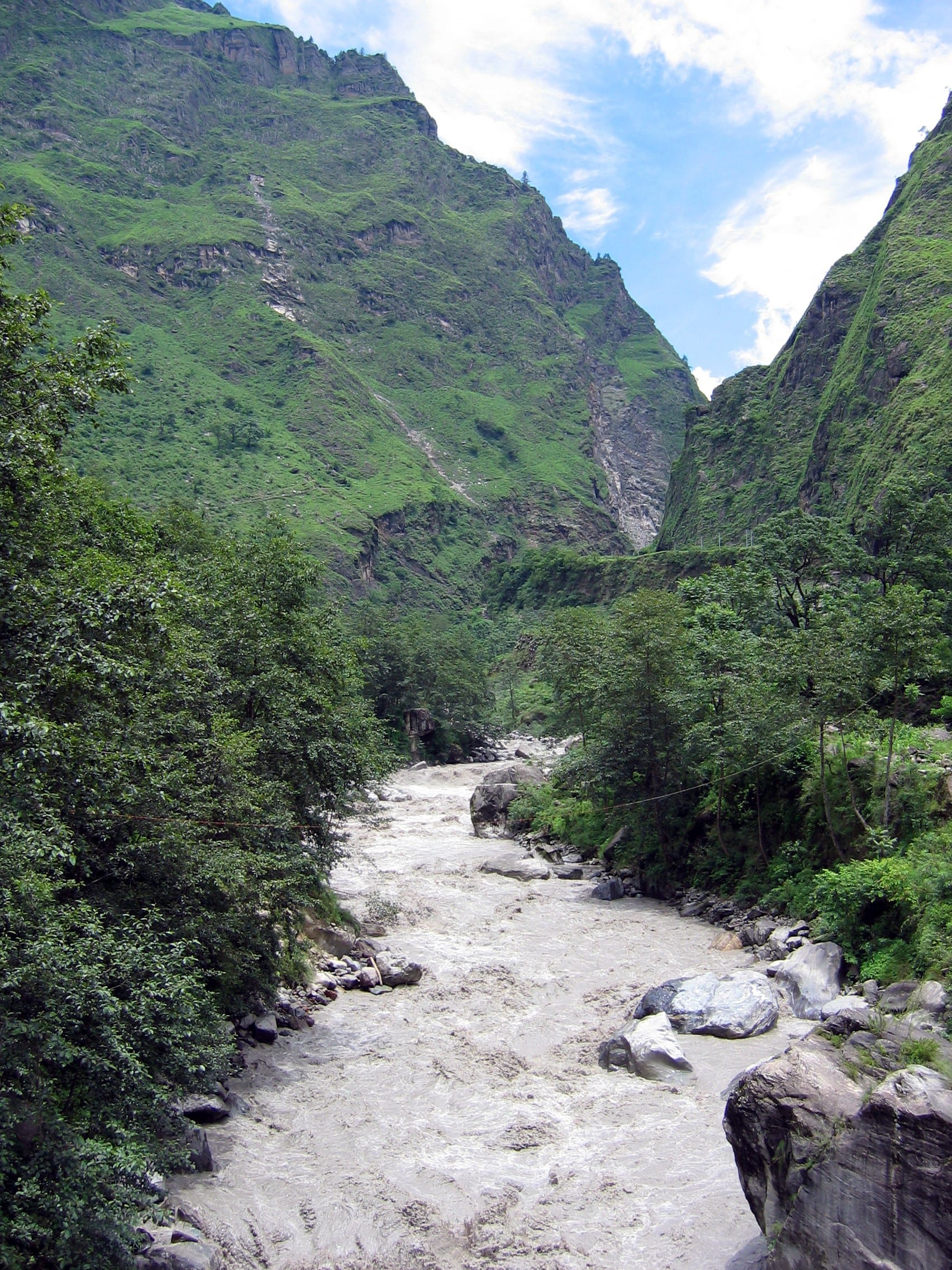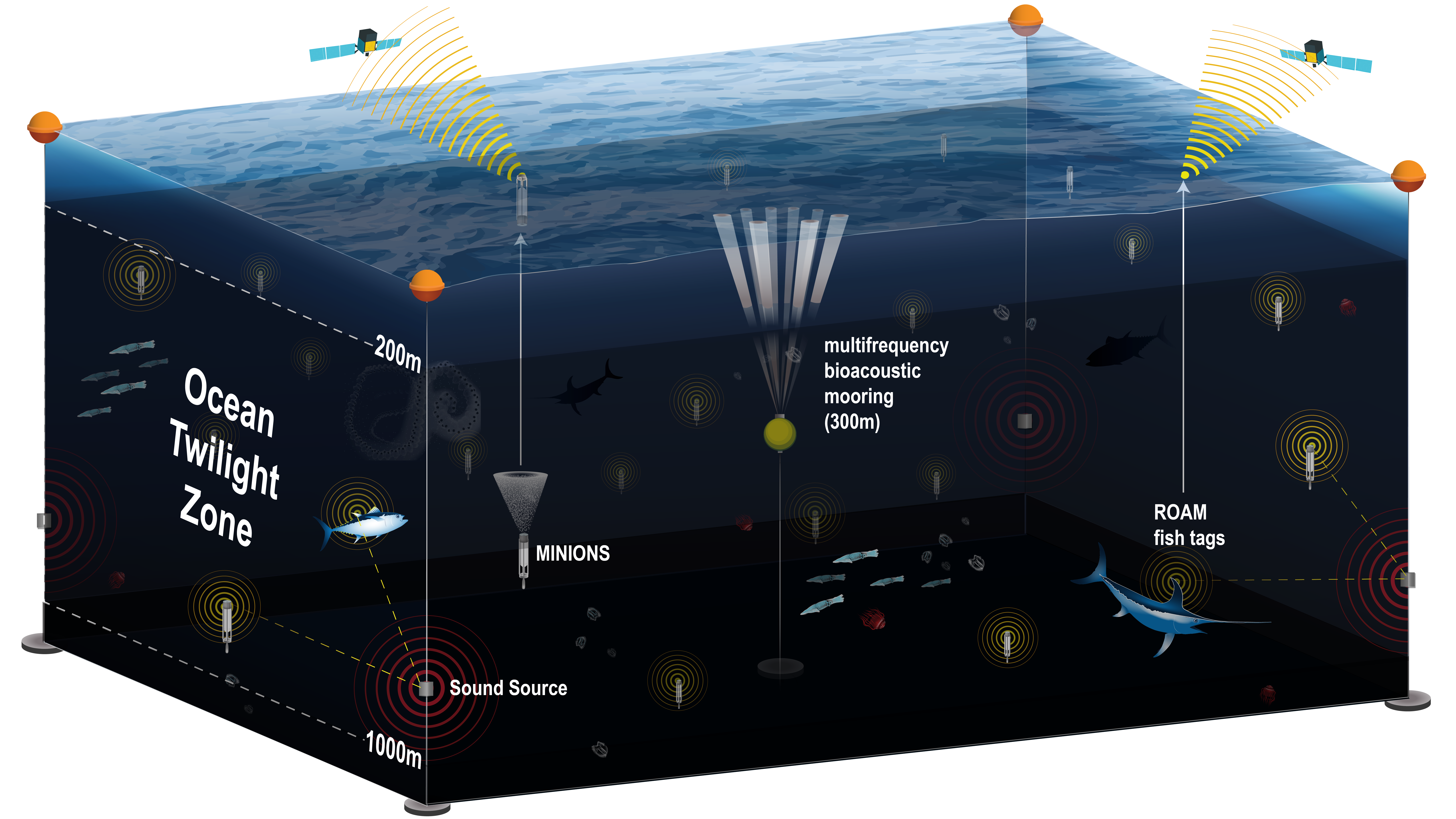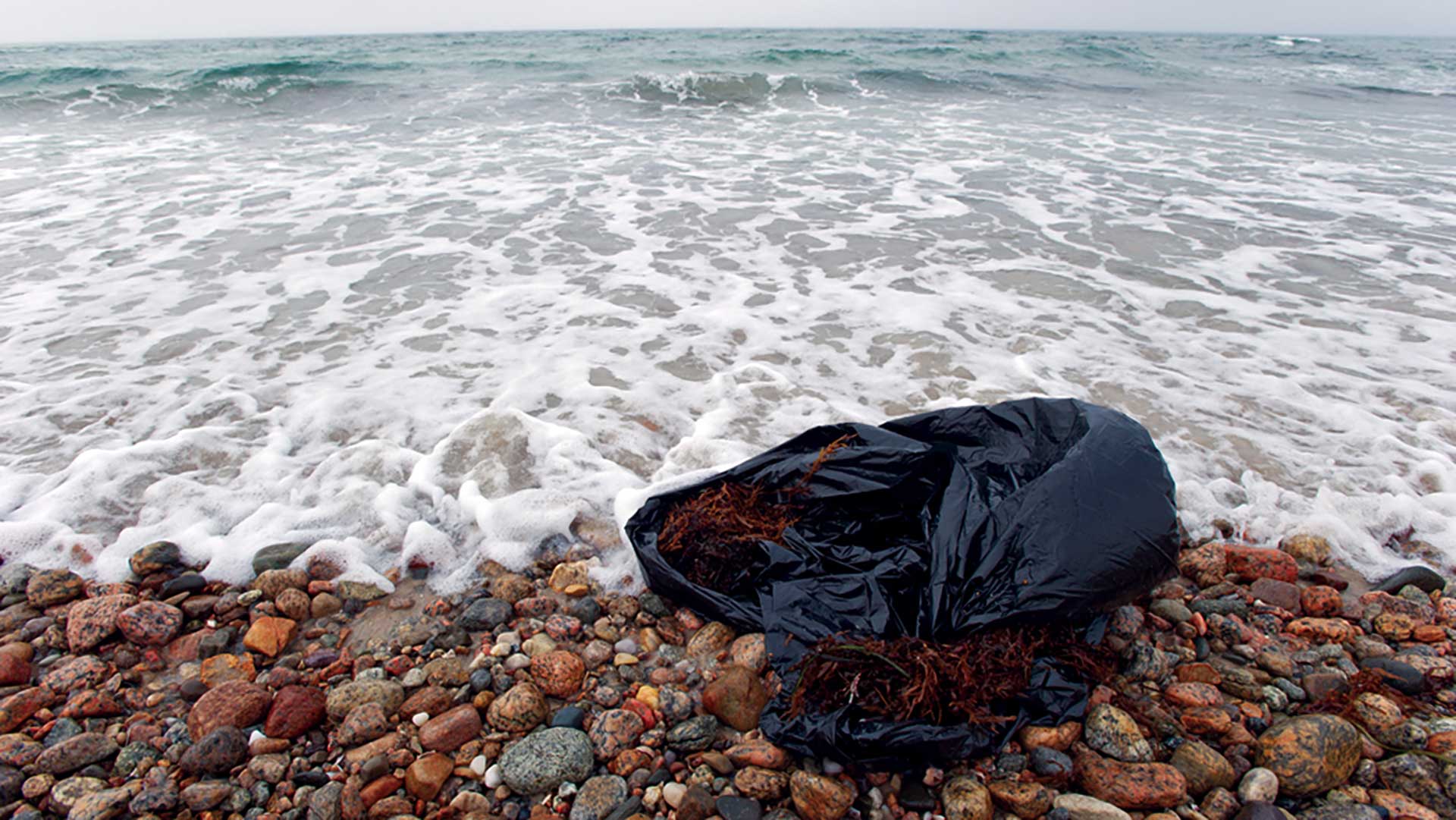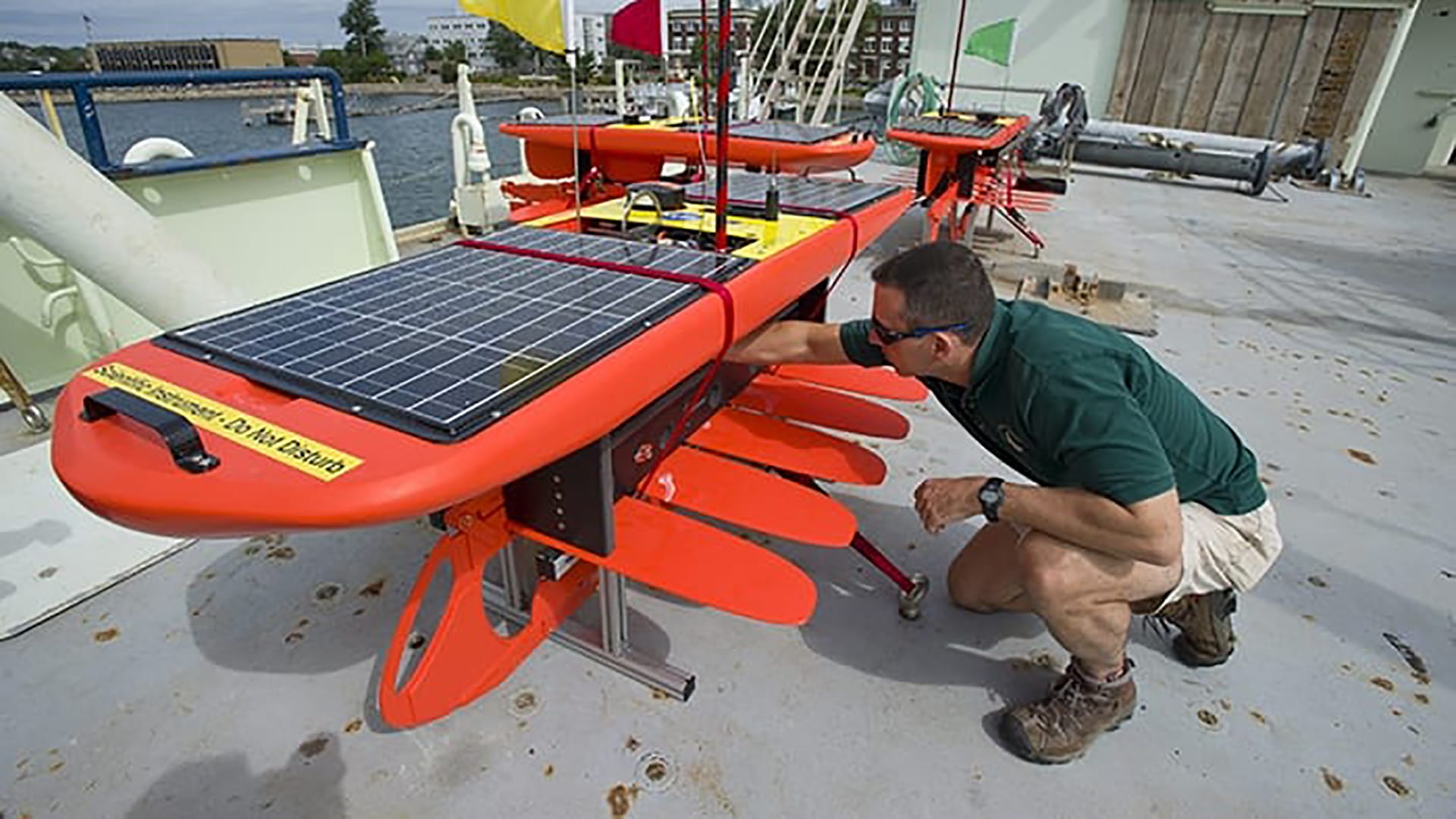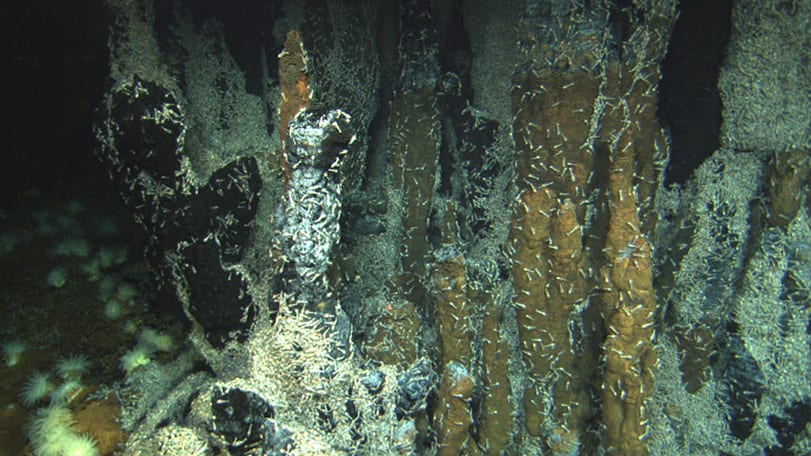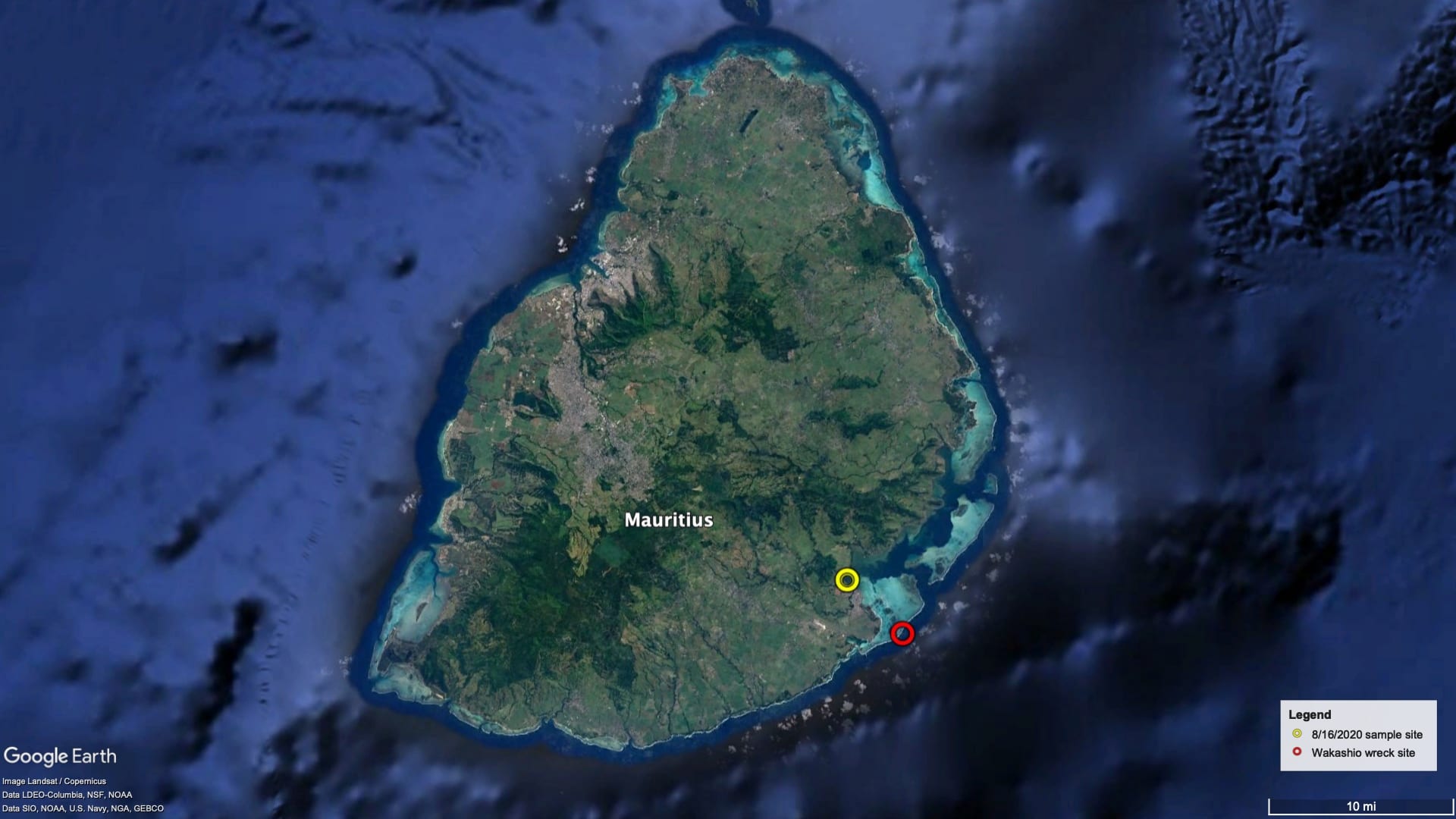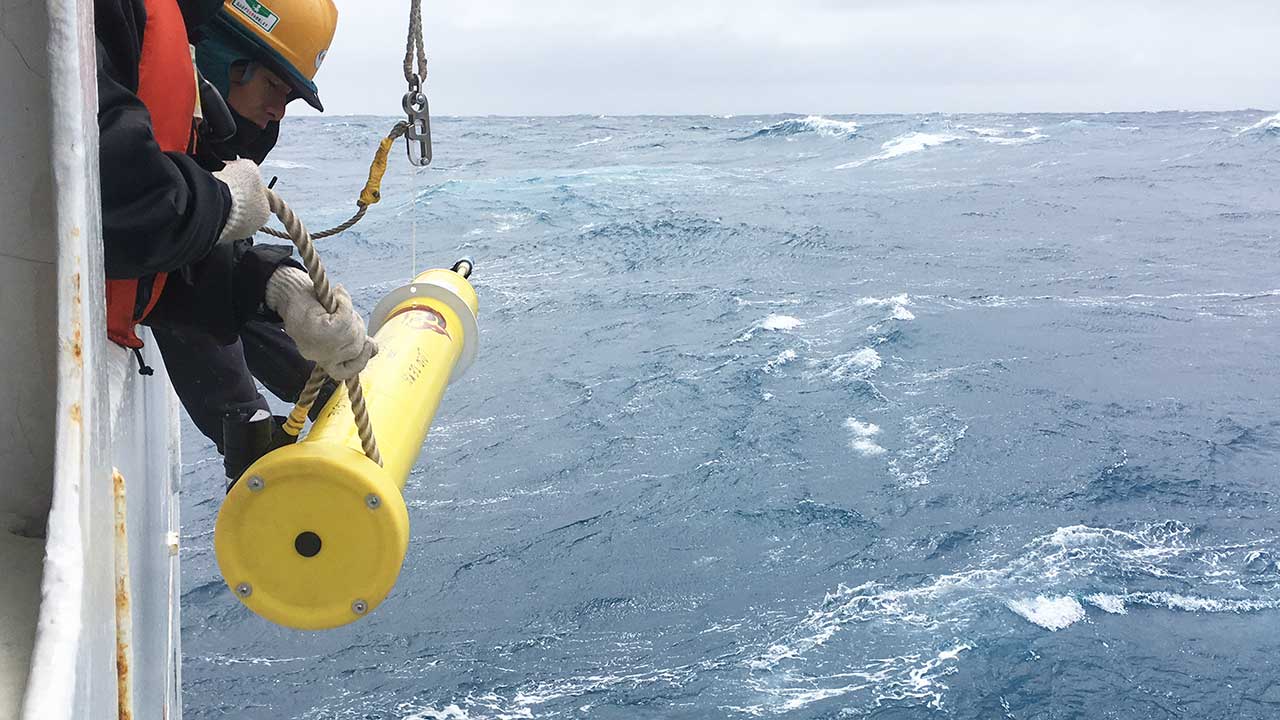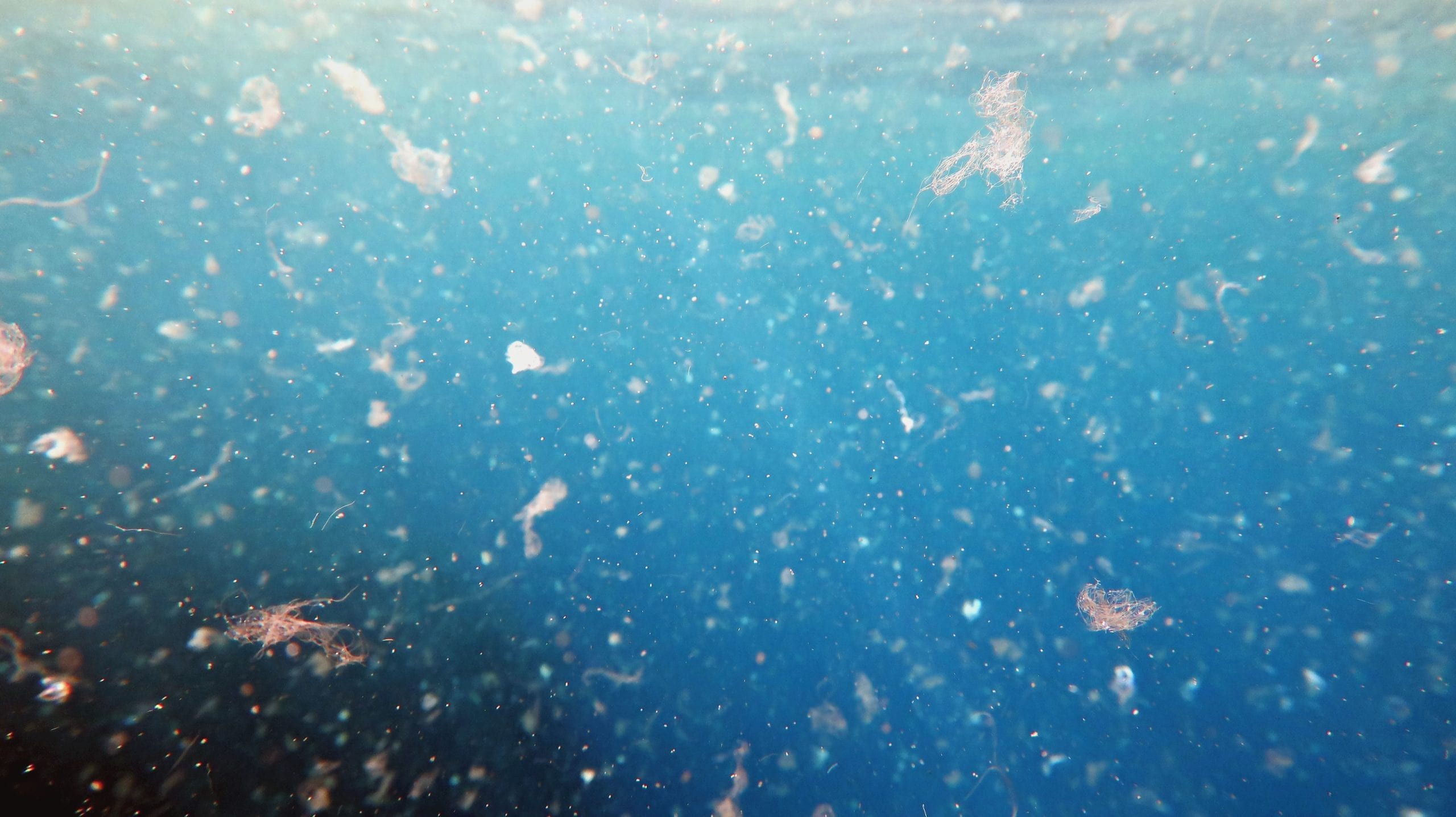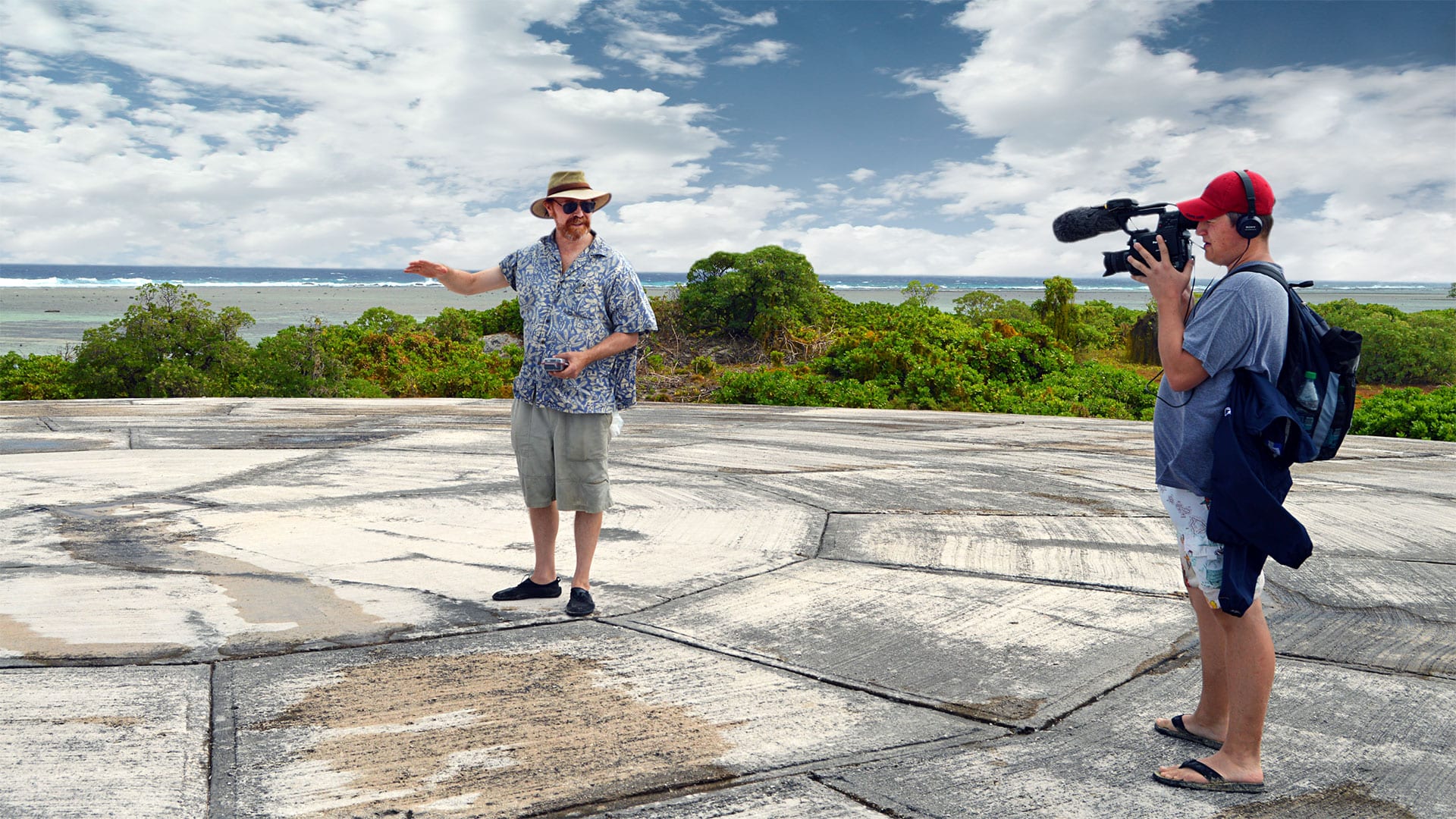Marine Chemistry & Geochemistry
A Rusting Oil Tanker Off the Coast of Yemen Is an Environmental Catastrophe Waiting to Happen. Can Anyone Prevent It?
Viviane Menezes, a marine scientist at the Woods Hole Oceanographic Institute in Massachusetts, has described the Red Sea as being like a “big lagoon” with “everything connected.” An oil spill…
Read MoreA new ocean soundscape
Combining his passions for marine chemistry and music, an MIT-WHOI Joint Program student converts data into songs that reveal the chemical nuances of the ocean.
Read MoreStudy Finds 6⁰C Cooling on Land during the Last Ice Age, With Implications about Future Global Warming
A recent report shows that prior studies have underestimated the cooling in the last glacial period, which has low-balled estimates of the Earth’s climate sensitivity to greenhouse gases. The rather high climate sensitivity is not good news regarding future global warming, which may be stronger than expected using previous best estimates.
Read MorePlate Tectonics Fuels a Vast Underground Ecosystem
The subsurface is among Earth’s largest biomes, but the extent to which microbial communities vary across tectonic plate boundaries or interact with subduction-scale geological processes remains unknown. In a recently published study, scientists compare bacterial community composition with deep-subsurface geochemistry from 21 hot springs across the Costa Rican convergent margin.
Read MoreNorthern Star Coral Study Could Help Protect Tropical Corals
Worldwide, coral reefs are in crisis. Researchers at WHOI and Roger Williams University are finding that studying the recovery of this local New England species from a laboratory induced stressor could help better understand how to protect endangered tropical corals around the world.
Read MoreFukushima and the Ocean: A decade of disaster response
One decade since explosions rocked Japan’s Fukushima Dai-ichi nuclear power plant, researchers look back at how the ocean was impacted by the radioactivity fallout from the event, and discuss how the situation continues to evolve.
Read MoreClimate Change Can Destabilize the Global Soil Carbon Reservoir, New Study Finds
The vast reservoir of carbon that is stored in soils probably is more sensitive to destabilization from climate change than has previously been assumed, according to a new study by…
Read MoreStudy: Acidic ocean could devastate Cape Cod and Islands shellfish industry
New observation network will provide unprecedented, long-term view of life in the ocean twilight zone
A new observation network under development by the Woods Hole Oceanographic Institution (WHOI) will offer round-the-clock data about the ocean twilight zone – a dimly lit region roughly 200–1000 meters (650–3200 feet) below the surface, containing the largest amount of fish biomass on Earth.
Read MoreResearchers discover an immense hydrocarbon cycle in the world’s ocean
Hydrocarbons and petroleum are almost synonymous in environmental science. After all, oil reserves account for nearly all the hydrocarbons we encounter. But the few hydrocarbons that trace their origin to…
Read MoreShipping-Gate Explained: How The Global Ship Fuel Scandal Came About
So until now (four months later), there has been no detailed oil fingerprinting conducted aside from a ten day old sample that some of the world’s leading oil spill scientists at U.S.-based Woods Hole Oceanographic Institution had conducted.
Read MoreShipping-Gate: Why Toxic VLSFO Fuel Is Such A Danger For Global Shipping
This chemical signature also reveals what would happen if that oil was ever leaked into the natural environment or made contact with humans. A process known as Gas Chromatography-Mass Spectrometry (GC-MS) is…
Read MoreNew study takes comprehensive look at marine pollution
Paper finds ocean pollution is a complex mix of chemicals and materials, primarily land-based in origin, with far-reaching consequences for environmental and human health, but there are options available for…
Read MoreHow safe is the water off the coast of the San Onofre nuclear plant?
Surfrider teams with Woods Hole Oceanographic Institution to conduct their own tests of San Onofre’s radioactive wastewater.
Read MoreEnvironmental groups will do their own tests of radioactive wastewater from San Onofre
The Surfrider Foundation and the Woods Hole Oceanographic Institution’s Our Radioactive Ocean initiative will do independent water quality testing at San Onofre State Beach after radioactive wastewater releases from the retired San Onofre Nuclear Generating Station.
Read MoreThe Battle Below
In late September, President Trump declared the U.S. dependence on China for so-called ‘rare earth’ minerals a ‘national emergency’. Those minerals are essential to technology from our phones to our…
Read MoreWave Glider provides gateway to remote exploration
WHOI geochemist Chris German pairs an autonomous surface vehicle (ASV) called a Wave Glider with other vehicles to expand research here and on other Ocean Worlds
Read MoreFinding answers in the ocean
The test being used to diagnose the novel coronavirus—and other pandemics like AIDS and SARS—was developed with the help of an enzyme isolated from a microbe found in marine hydrothermal vents as well as freshwater hot springs.
Read MoreMauritius oil spill: fears for island’s marine life after initial tests fail to resolve fuel mystery
Scientists from the Woods Hole Oceanographic Institution (WHOI) said the first ultra-high-resolution analysis of an oil sample from the Mauritius spill revealed the substance to be “a complex and unusual…
Read MoreFirst Detailed Oil Sample Analysis Completed from Mauritius Oil Spill
When the Japanese bulk carrier MV Wakashio struck a coral reef off the coast of Mauritius on July 25, 2020, and began leaking fuel oil two weeks later, local residents and the international community sprang into action to protect the pristine habitats that fringe the Indian Ocean nation.
Read MoreNew multi-institutional grant will support a fleet of robotic floats
The National Science Foundation approved a $53 million grant to build a global network of chemical and biological sensors that will monitor ocean health.
Read MoreWHOI establishes new fund to accelerate microplastics innovation
With the backing of a handful of family foundations, WHOI is launching a Marine Microplastics Innovation Accelerator to help answer some of the most pressing—and foundational—questions about marine microplastics and their impacts
Read MoreShould Japan dump radioactive water from Fukushima into the ocean?
Around 1.2 million tonnes of water contaminated by radioactive substances from the 2011 Fukushima nuclear disaster will be dumped in the Pacific Ocean, as part of a plan expected to be approved by the Japanese government within weeks.
Read MorePutting the ‘nuclear coffin’ in perspective
WHOI chemist and marine radioactivity expert shares his thoughts about radioactivity waste leaking from Runit Dome—a bomb crater filled with radioactive soil in the Marshall Islands that is now being penetrated by rising sea levels
Read More

